What disadvantages does an automatic weather station have?
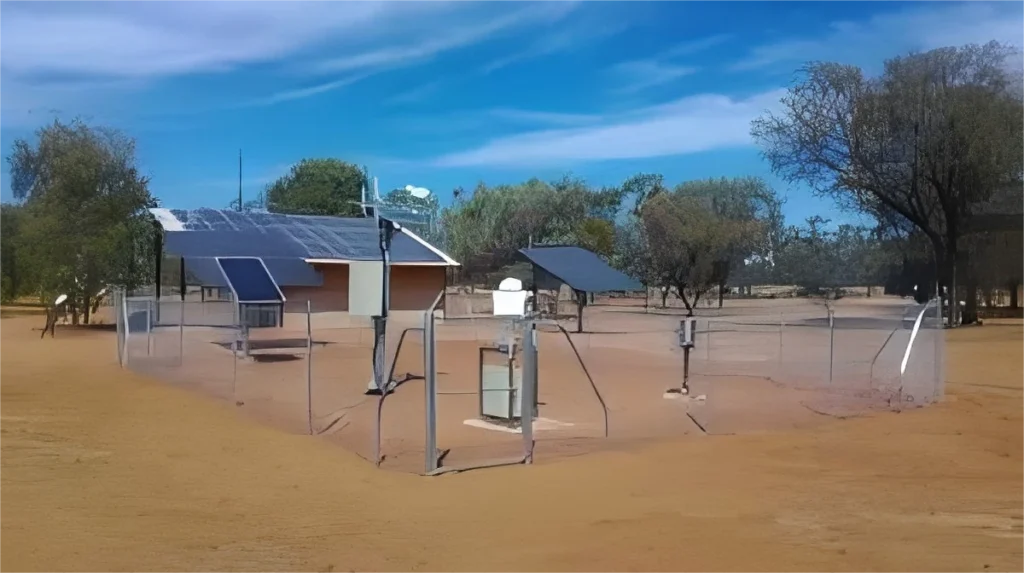
An automatic weather station is a type of observational equipment designed to autonomously gather and relay meteorological data. It consists of meteorological sensors, a data – collecting microcomputer, a power supply, a radiation – shielded vent cover, an all – weather enclosure, an observation stand, a communication module, and other parts.
What is the definition of an anemometer?
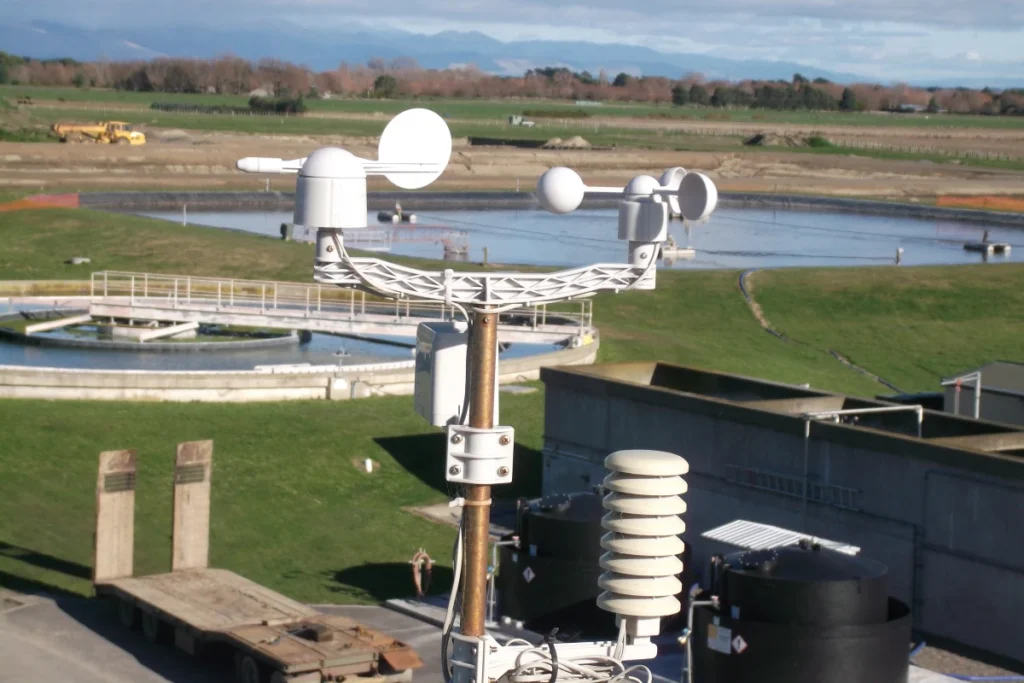
Many people wonder what an anemometer is and its purpose. This article aims to clarify the concept, types, and uses of an anemometer.
Maintenance and Troubleshooting of Tipping Bucket Rain Gauge
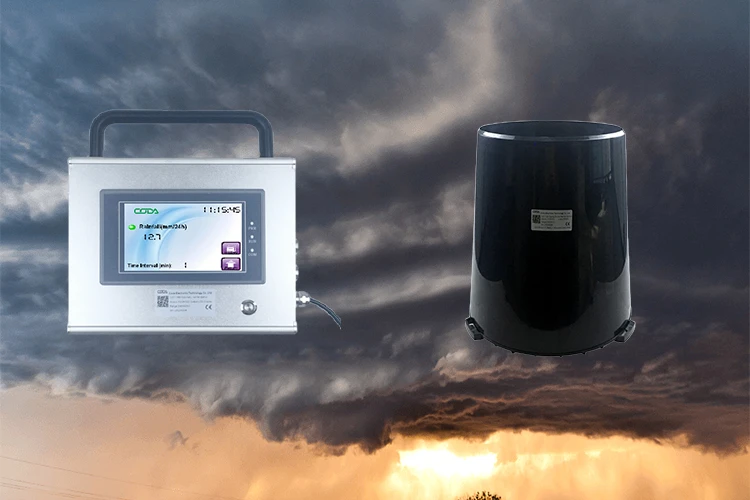
A tipping bucket rain gauge enables automatic monitoring of liquid and solid precipitation over a specific timeframe, significantly alleviating the workload of observers.
A Comprehensive Guide to Resetting Your accurate Weather Station
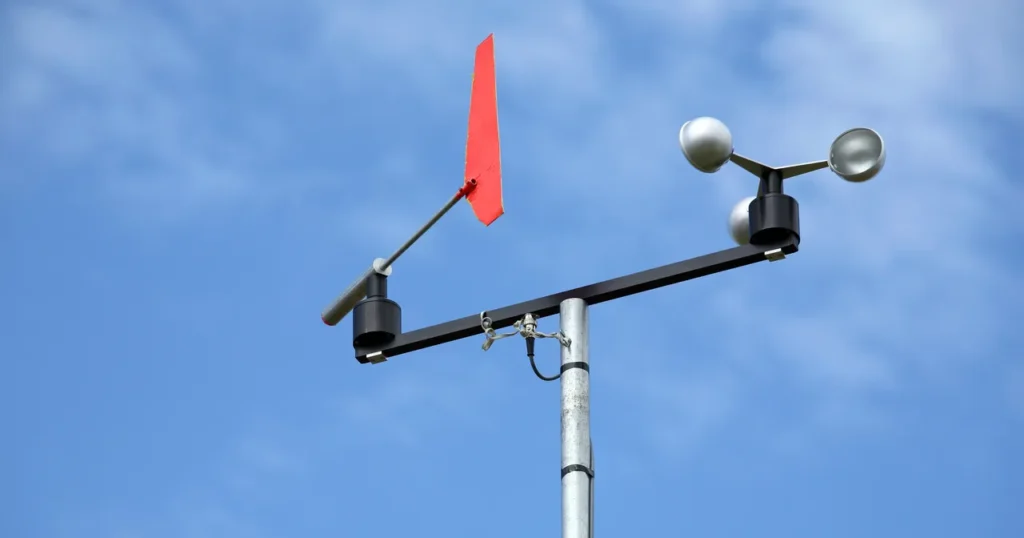
Accurate weather stations are popular devices that provide valuable real – time weather data for both home and professional use. However, like any electronic device, users may face problems now and then.
How to Select the Optimal Soil pH Meter?
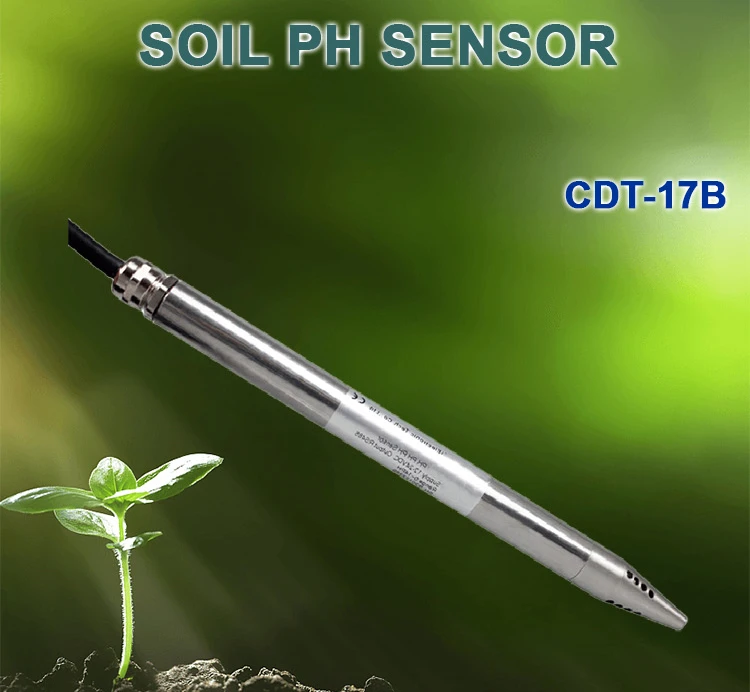
When the soil pH level is about 6.5, plants can absorb and use nutrients better. This helps them grow and develop. Thus, one cannot overstate the importance of a soil pH sensor. But how do we go about selecting this type of device?
How do wind sensors operate?
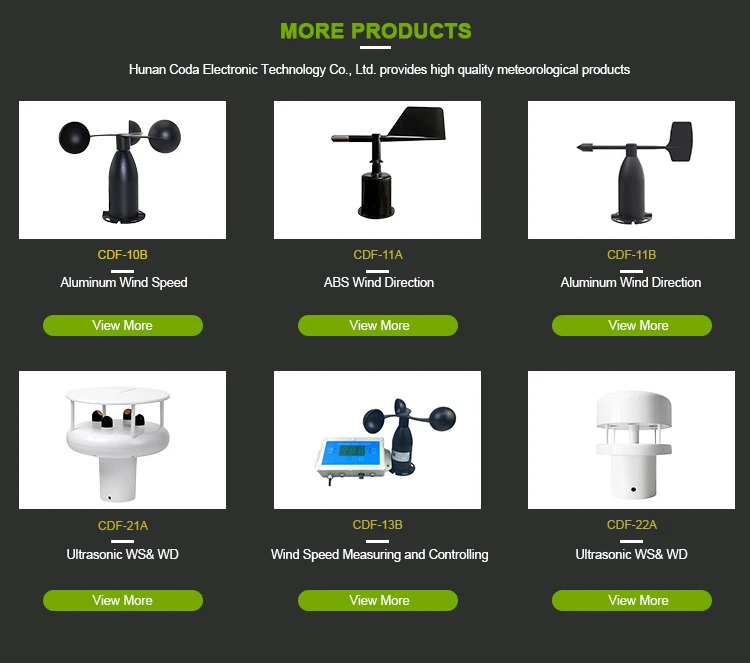
A wind speed sensor is a tangible instrument designed to gauge the velocity of the wind. The airflow-induced wind causes the three cups at the top to spin, which in turn rotates the central shaft. This movement turns on the internal sensing part. It creates a signal that helps you find the wind speed.
What is a meteorological station?
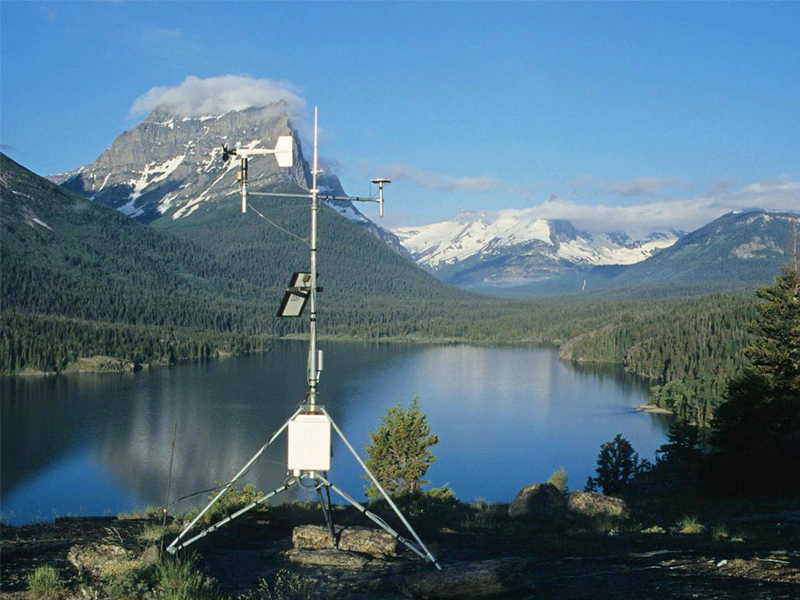
A meteorological station is a specialized apparatus designed to gather, analyze, and process weather-related data. By looking at factors like temperature, humidity, air pressure, light, and rainfall, it predicts climate changes. It also helps to manage different weather-related risks.
Understanding Comfort Dew Point and Measuring It
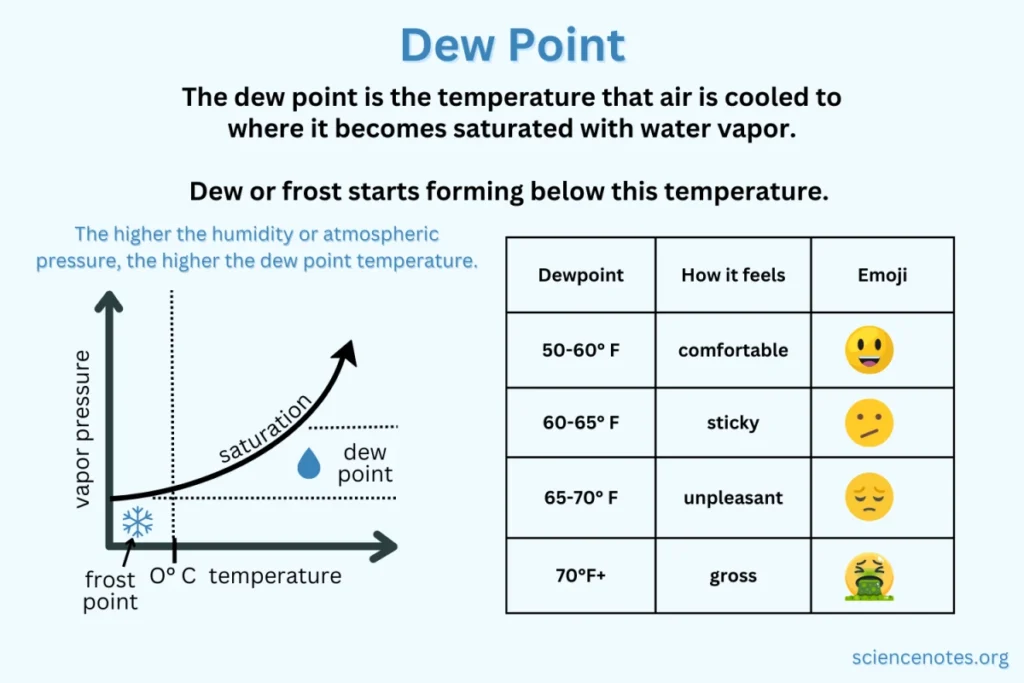
The dew point is closely tied to the amount of water vapor present in the air. In dry conditions with minimal water vapor, the lower dew point implies that surfaces must be much cooler than the air for condensation to occur.
Catalog of Agricultural Sensors, Benefits of Agricultural Sensors
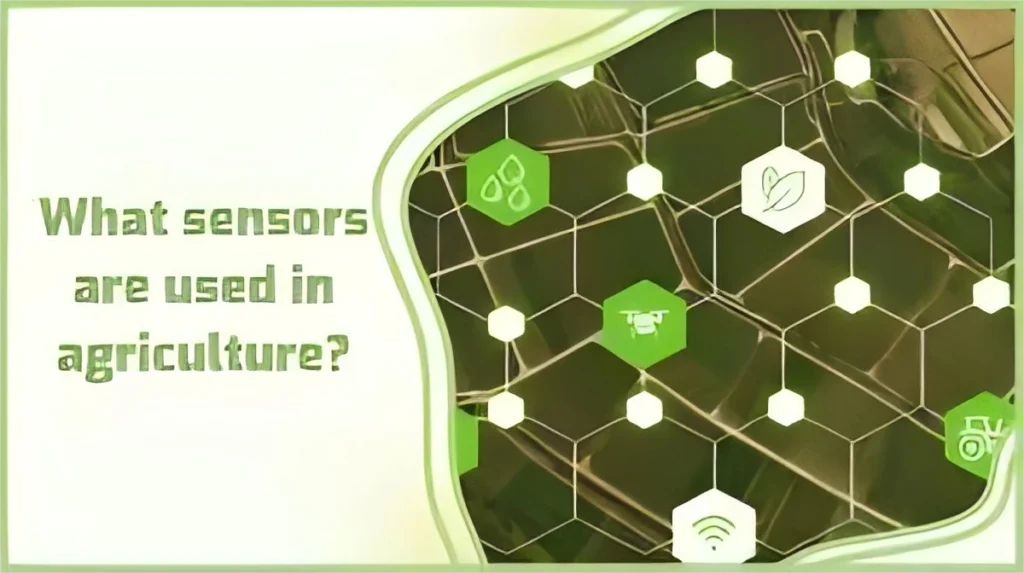
Agricultural sensors is a device that detects data. It converts this data into an electrical signal or other forms of information. Sensors follow specific guidelines to meet the needs of transmitting, processing, storing, displaying, recording, and controlling information.
What is a temperature and humidity sensor?
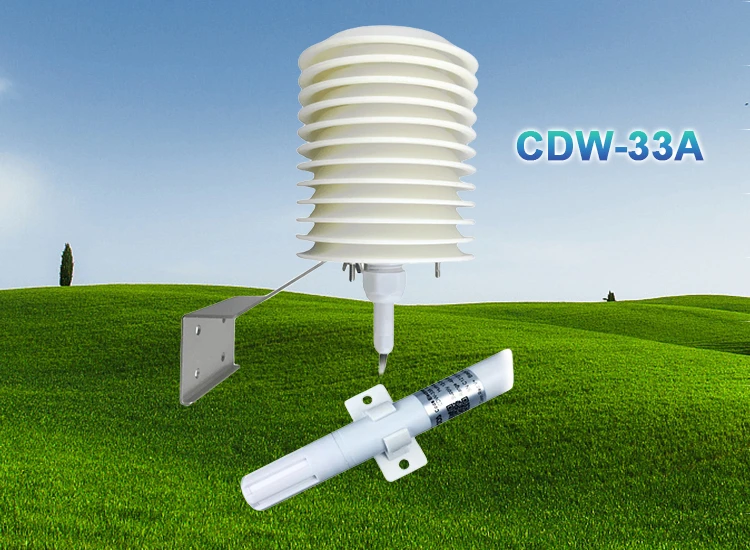
A temperature and humidity sensor, also called an RH temp sensor, is a device. It changes temperature and humidity levels into electrical signals. This makes it easy to measure these environmental factors. Most temperature and humidity transmitters on the market measure the air’s temperature and relative humidity.
